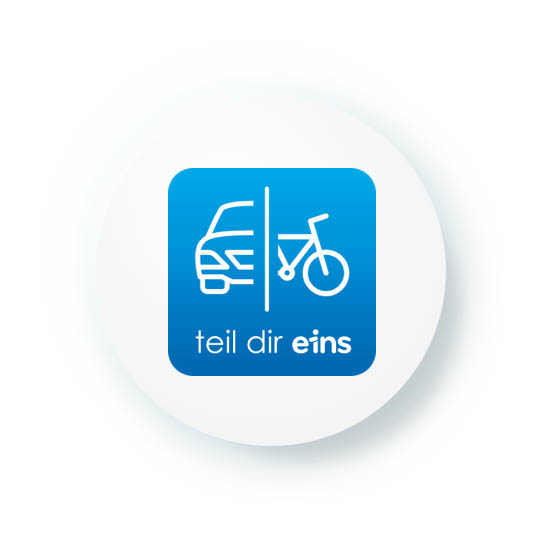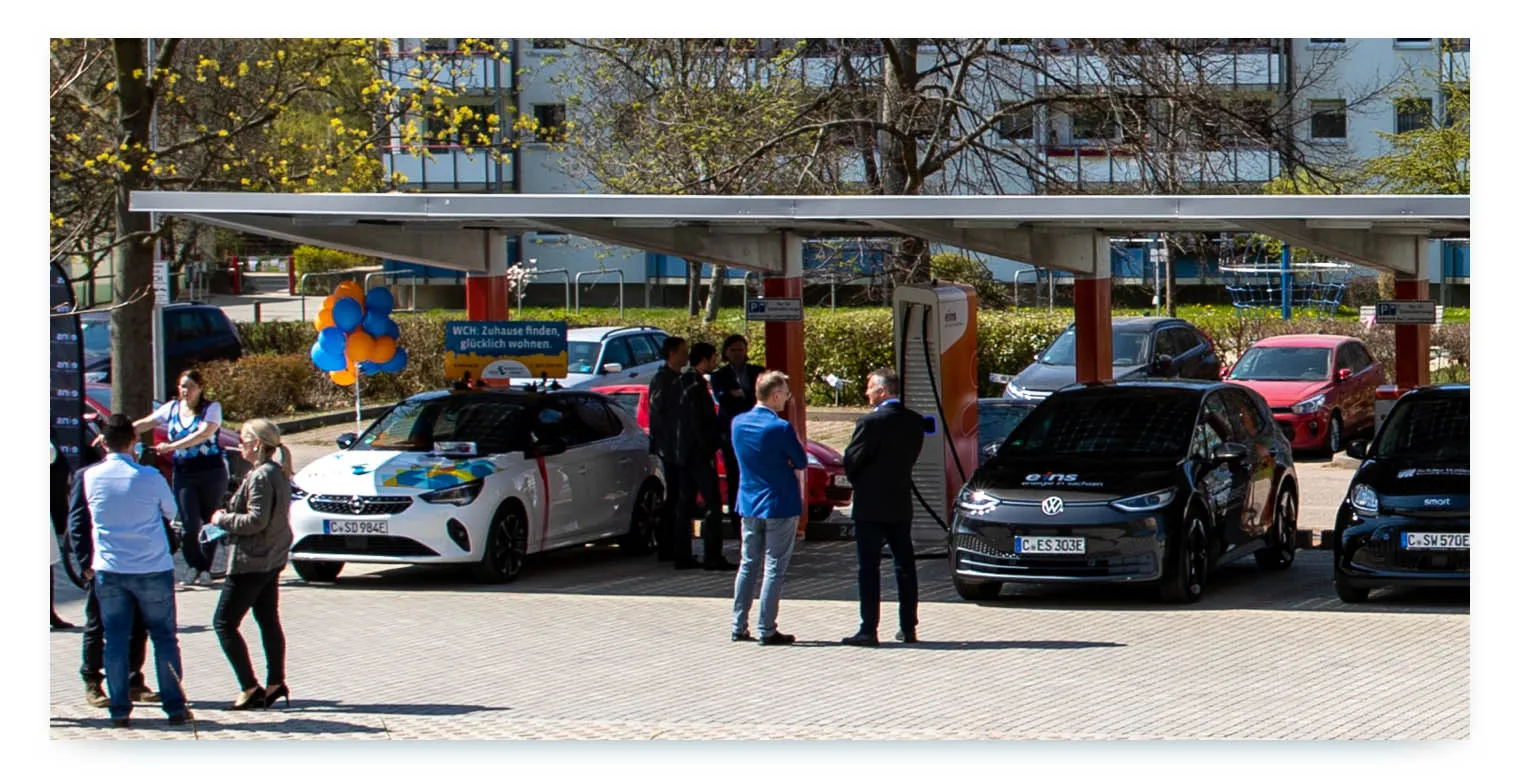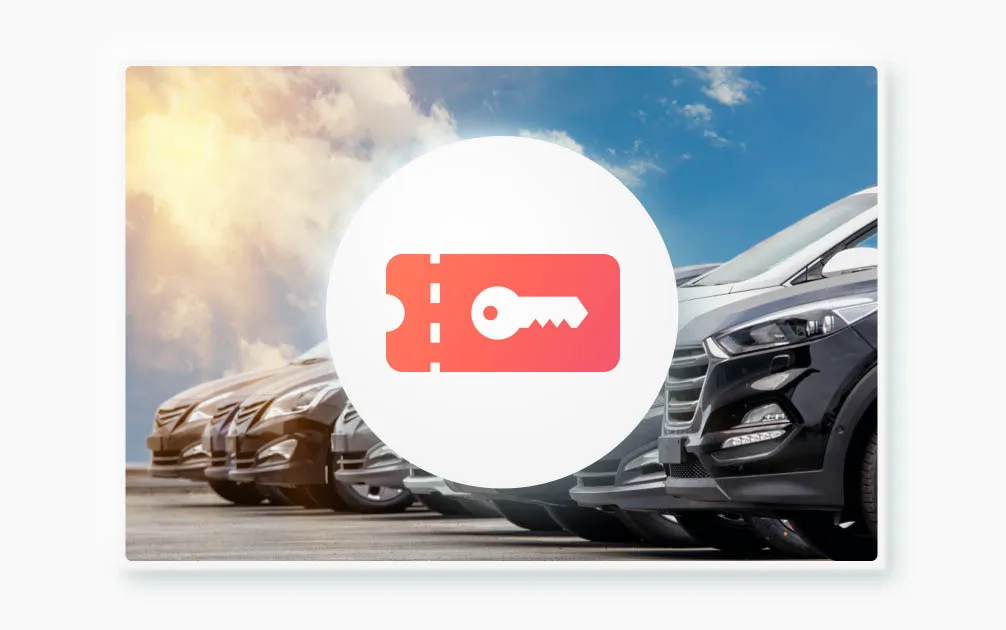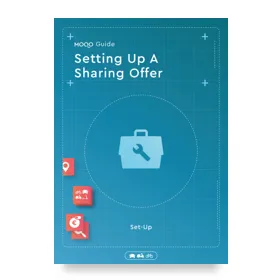
3 min read • March 30, 2022
Back in May 2019, the Saxon energy provider eins energie in sachsen GmbH & Co. KG (eins) launched an internal sharing service for employees. Almost two years later, a public offer was added in Chemnitz. For both offers, eins relies on MOQO as a software partner - internally and externally with installed telematics units. This combination of both business models has already led to a total of more than 6,000 bookings, divided between 64 vehicles and around 650 drivers.
Best Practice

eins energie in sachsen GmbH & Co. KG
eins was formed in 2010 when Stadtwerke Chemnitz and Erdgas Südsachsen GmbH merged. The company, headquartered in Chemnitz, supplies around 400,000 household and commercial customers with natural gas, electricity, internet, heating and cooling as well as water and energy-related services. So it is obvious that eins also relies on electromobility for its sharing offers.

The role of Thüga
eins is a partner company of the Thüga Group. This is the largest cooperative network of municipal energy and water service providers in Germany, which includes around 100 municipal utilities. Through the Thüga Innovation Platform, Thüga partners benefit from active support in the development, introduction and operation of shared mobility projects.

The internal fleet of eins currently consists of 54 vehicles that can be used by employees for business and private reasons. For this purpose, the MOQO system was integrated into the existing app for employee communication via single sign-on, which enables simple and uncomplicated use.
For the internal sharing offer, eins has decided not to equip every vehicle with a telematics unit. Instead, the provider uses the MOQO Light booking system.

With MOQO Light, you use the functions and advantages of the MOQO platform without requiring a direct connection of your fleet to the system.
Drivers book their trips via the app, the booking portal or directly with the fleet managers. These are supported by the platform and the Provider Task Board in their daily work, easily maintain an overview and can coordinate cleaning, maintenance and damage management.
Keys are either managed manually by the fleet managers or (from a PRO partnership) made accessible via key boxes. This means that the costs for installing telematics units can be avoided. However, telematics can of course be installed at a later date at any time.

With "teil dir eins", eins also launched a public sharing service in Chemnitz in March 2021. Currently, users have access to a small electric car and three e-bikes at various stations. In the future, this offer is to be further expanded.
In order to be able to access all vehicle data such as charge status, location, etc. at all times, the vehicles were connected directly to the platform. For this purpose, eins uses the connectivity software solution from MOQO and has installed telematics and smart locks. Users select the appropriate vehicle in the teildireins app, book their trip and open or lock the vehicle conveniently with their smartphone. This means that neither manual key management by eins nor accessible and secure key boxes are required.
eins energie in sachsen shows how internal and public sharing offers can be combined with MOQO. MOQO Light supplies providers with a lean software solution that is particularly suitable if a vehicle management system is already in place but is to be modernized and telematics hardware can be dispensed with.
However, if vehicle data is required in real time, you can equip your vehicles with telematics systems (even retroactively), thus enjoying further advantages in sharing management and professionalizing your offering. As the provider, you decide which vehicles make up your fleet, which of them require telematics and which can safely do without it.

Our guide will help you stay on top of things as you build your sharing offering. Learn what matters and what you should think about.